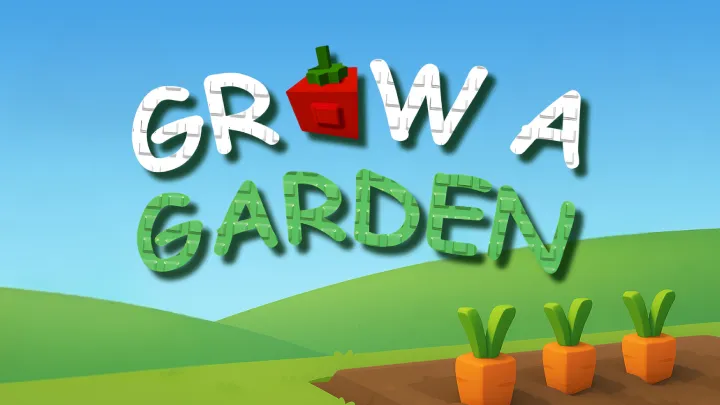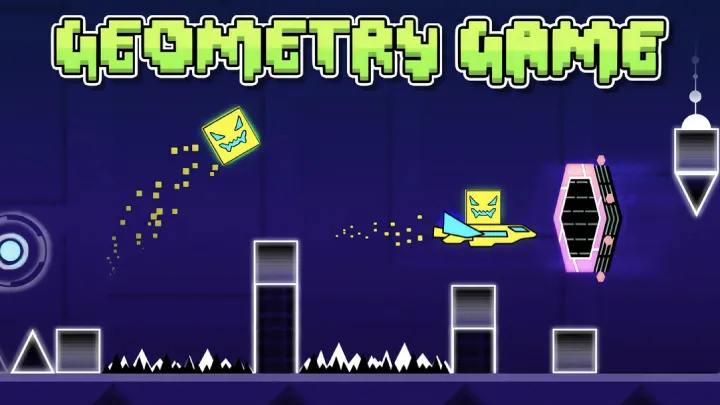Rust is a survival game that drops you naked into a harsh, unforgiving world with nothing but a rock and a torch. From there, you must gather resources, craft tools, build bases, fight enemies, and ultimately dominate the island. Unlike many survival games, Rust is highly player-driven, which means other survivors are often your biggest threat.
In this guide, we’ll explore the best tips and strategies for every stage of the game. Whether you’re a beginner struggling to survive your first night or an experienced player aiming to raid fortified bases, these strategies will help you thrive in Rust’s brutal world.
1. Surviving the First 10 Minutes
When you spawn, survival comes down to speed and smart choices.
- Gather Wood and Stone: Use your rock to hit trees and stone nodes.
- Craft Basic Tools: Prioritize the Stone Hatchet and Stone Pickaxe.
- Look for Food and Cloth: Kill animals or collect hemp plants to craft clothing and a sleeping bag.
Tip: Place a sleeping bag as soon as possible to secure a respawn point.
2. Establishing Your First Shelter
Without a base, you’ll lose everything when you die.
- Starter Base: A 2x2 wooden structure with a door and lock is enough for your first night.
- Tool Cupboard (TC): Place one to claim land and prevent others from building nearby.
- Upgrading Materials: Prioritize stone walls early — wood burns easily and is vulnerable to hatchets.
Pro Advice: Hide your first base away from roads or monuments to avoid being raided instantly.
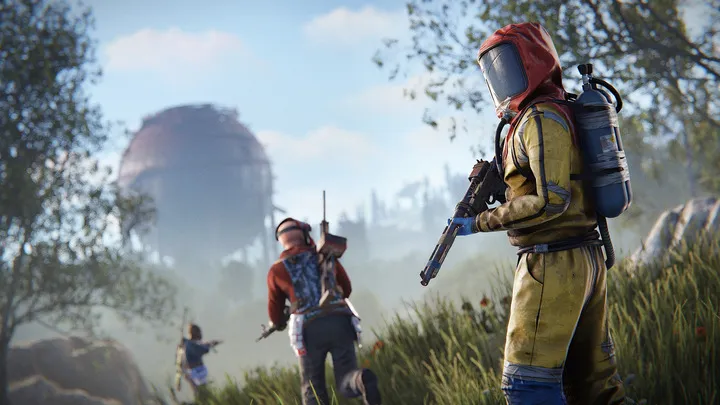
3. Gathering and Managing Resources
Efficient resource collection separates survivors from victims.
- Nodes: Stone, metal, and sulfur nodes are essential for crafting.
- Smelting: Use furnaces to process ore into usable materials.
- Resource Hotspots: Monuments and quarries offer faster gathering but come with danger.
Tip: Always carry resources back to base frequently — dying with a full inventory sets you back heavily.
4. Crafting Essential Gear
Gear progression is key to survival.
- Early Game: Bows, spears, and wooden armor.
- Mid Game: Crossbows, revolvers, and metal armor.
- Late Game: Assault rifles, explosives, and full metal gear.
Reminder: Even primitive weapons can kill — skill matters more than gear in close combat.
5. Exploring Monuments and Looting
Monuments are high-risk, high-reward areas.
- Small Monuments: Gas stations, supermarkets — good for scrap and components.
- Mid-Tier Monuments: Train Yard, Airfield — require better gear but offer high-tier loot.
- Endgame Monuments: Oil Rig, Launch Site — bring guns and teammates.
Pro Tip: Always bring a Radiation Suit when exploring, or you’ll die quickly.
6. Defending Yourself Against Other Players
Other players are the deadliest threat in Rust.
- Fight or Flee: Don’t fight unless you have the advantage.
- Ambushes: Use bushes, rocks, and terrain to surprise opponents.
- Teaming Up: Rust is brutal solo; alliances improve survival but can also lead to betrayal.
Advice: Learn to master bows and early guns — they give you an edge before you reach endgame.
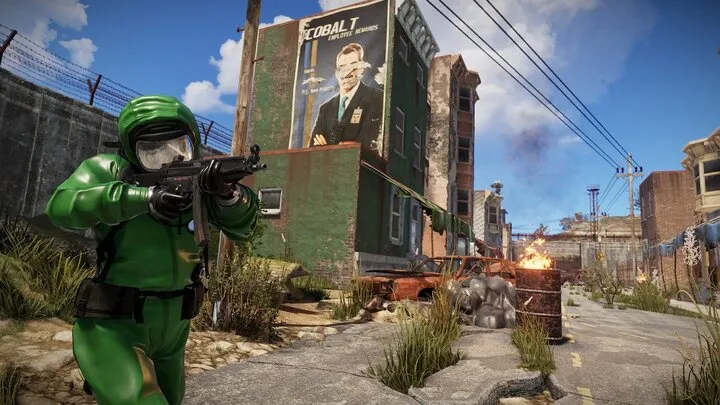
7. Building a Stronger Base
Your base is your lifeline.
- Honeycombing: Add extra wall layers to make raiding harder.
- Airlocks: Two-door systems prevent enemies from rushing in if you die.
- Hidden Stashes: Place loot rooms in unusual spots to trick raiders.
Pro Trick: Always upgrade to metal or armored walls when you can.
8. Raiding Other Players
Once you’re strong, raiding becomes the goal.
- Explosives: Satchel charges, C4, and rockets are essential.
- Soft-Siding: Sometimes it’s easier to pickaxe through walls from the inside.
- Strategic Timing: Raid at night or during high server activity to mask sounds.
Tip: Always scout bases before raiding — you don’t want to waste explosives on an empty shell.
9. Surviving Long-Term
Long-term survival requires constant adaptation.
- Farming and Food: Grow crops for steady food supplies.
- Electricity: Power doors, turrets, and traps with generators.
- Alliances: Large clans dominate servers — joining or forming one increases your chances.
Reminder: Rust is a game of persistence — you will die, but every death teaches you something new.
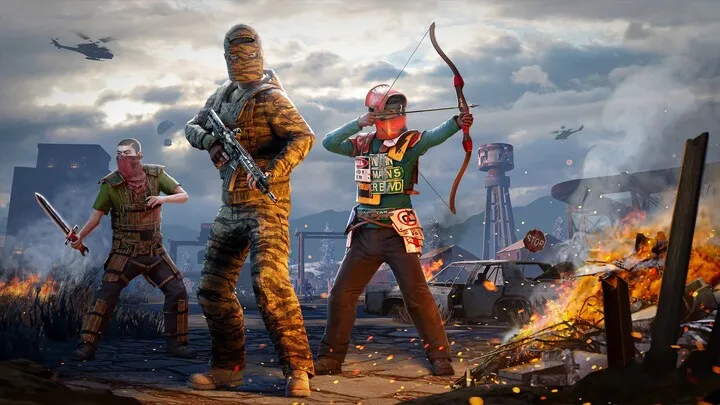
10. Mastering Rust’s Mental Game
Rust is as much psychological as it is physical.
- Stay Calm: Losing loot is part of the game.
- Expect Betrayal: Trust carefully — backstabs are common.
- Set Goals: Survive your first night, raid a base, conquer a monument.
Mindset Tip: Don’t aim to “win” Rust. Aim to outlast and outsmart — survival itself is victory.
Conclusion
Rust is a harsh but rewarding survival game. From your first minutes gathering wood and stone to raiding fortified enemy bases, every moment is a fight for survival. Success depends on smart strategies, resource management, combat skills, and the mental strength to keep going after setbacks.
If you embrace the chaos and learn from each encounter, you’ll not only survive but thrive in the wasteland of Rust.








